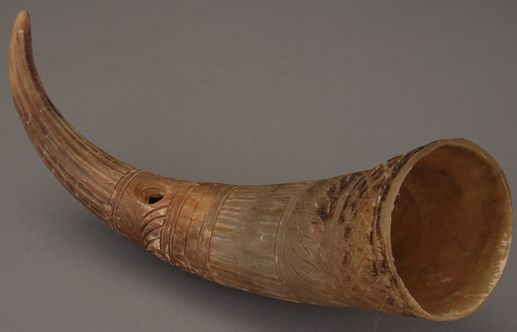Africa boasts of some unique musical beats and instrumentals that have existed for centuries.
This is attributed to its wide collection of instruments which were majorly used for communication, rituals, entertainment, and artistic expression.
Some of these instruments were made from natural materials such as wood, bamboo, reed, horn, ivory, gourd, and fruit, while others were made from metal, clay, or plastic.
While there is a vast range of traditional African musical instruments, the most common types include wind or aerophone instruments.
So, here is a list of 10 wind instruments and their origins.
1. Nyanga Pan Pipes

These are a set of bamboo pipes of different lengths that are played by blowing across the top of each pipe.
They originate from the Nyungwe people in the Tete district in Mozambique, who use them in ensembles of up to 30 instruments.
The Nyanga pan pipes are played with complex interlocking rhythms, singing, and dancing.
They are also used to invoke rain during dry seasons.
2. Oporo/Kudu Horn
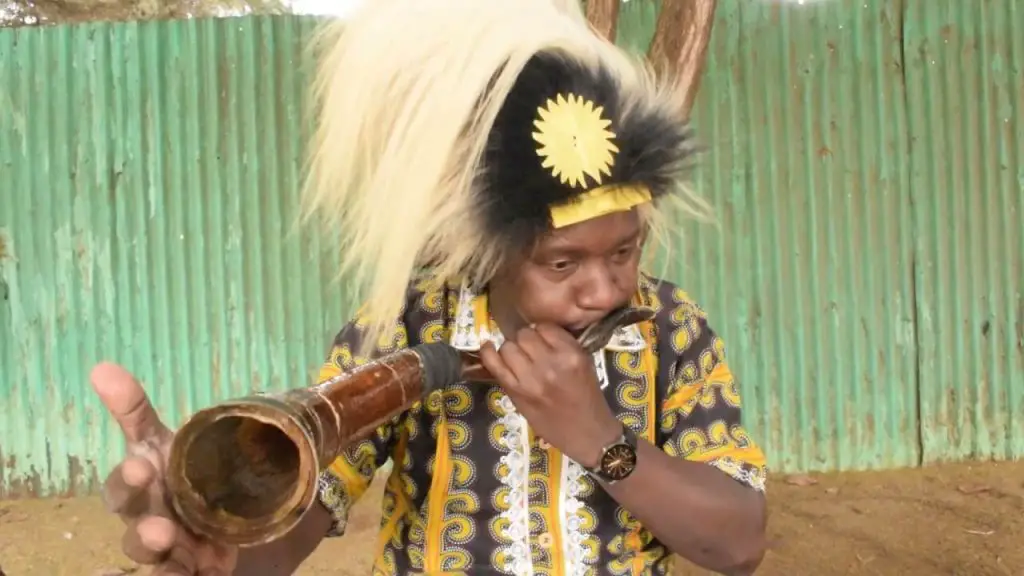
The instrument is made from the horn of the kudu antelope, a large animal native to eastern and southern Africa.
The kudu horn produces a mellow and warm sound that can be heard over long distances.
It is used by various ethnic groups in Africa for signaling, ceremonial, and musical purposes.
It is also used in some Jewish ceremonies and by the Scouting movement.
3. Algaita
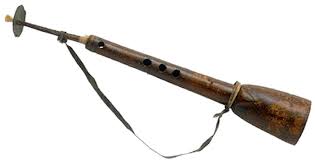

This is a double-reed wind instrument similar to the oboe or shawm.
It has a conical wooden body and a large metal bell.
It is widely used by the Hausa and Kanuri people in northern Nigeria, where it is played in ensembles with drums and other wind instruments.
The algaita is known for its loud and piercing sound that can accompany ceremonies, festivals, and processions.
4. Flute
The flute is one of the most common and diverse wind instruments in Africa.
There are many types of flutes made from different materials such as bamboo, reed, wood, clay, bone, horn, and gourd.
Some flutes are open-ended, while others are stopped or have finger holes.
Moreover, some flutes are played transversely (across the mouth), while others are played end-blown (into the mouth).
Flutes can be played solo or in groups, with or without accompaniment.
5. Reed Pipe
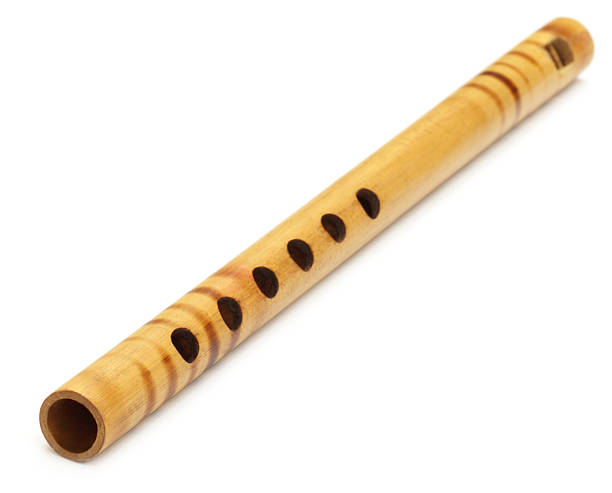
The reed pipe consists of a hollow stem or tube with a single or double reed at one end.
It can be made from various plants such as guinea corn, sorghum, or papyrus.
The reed pipe can be played transversely or end-blown, depending on the region and tradition.
Reed pipes can produce melodic or rhythmic sounds and are often played in pairs or with other instruments.
Reed pipes are common in Guinea and Cameroon, but they can also trace their roots in South Sudan among the Dinka people and other areas with a higher Islamic influence.
6. Umtshingo
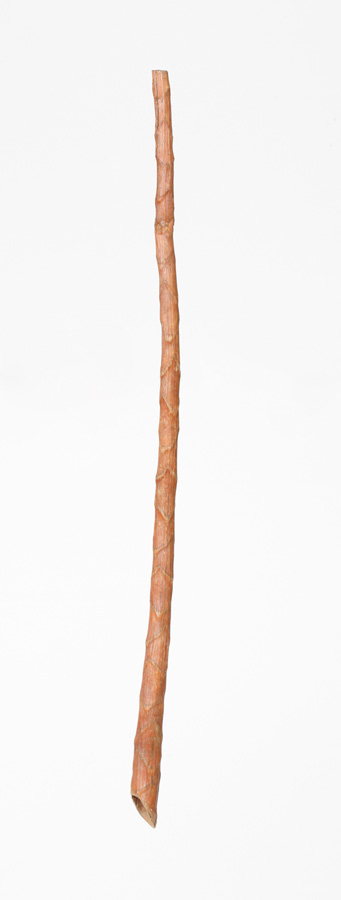
Umtshingo is a long end-blown flute made from bamboo or reed that is used by the Zulu people of South Africa.
It has an obliquely cut embouchure and no finger holes but produces a double range of overblown harmonics by alternately stopping and unstopping the lower end with a finger.
7. Zurna
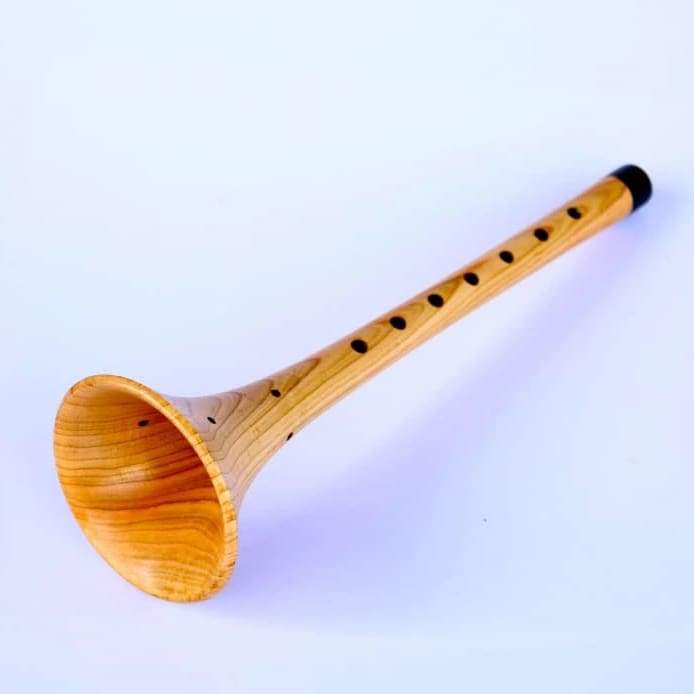
This is a double-reed wind instrument of the oboe family that originated from the Middle East and spread to northern and eastern Africa through Islamic influence.
The zurna has a cylindrical wooden body with seven finger holes and a flared metal bell. It has a disk (or pirouette) below the reed that supports the player’s lips.
The zurna produces a loud and shrill sound that can be heard over drums and other instruments.
8. Siwa
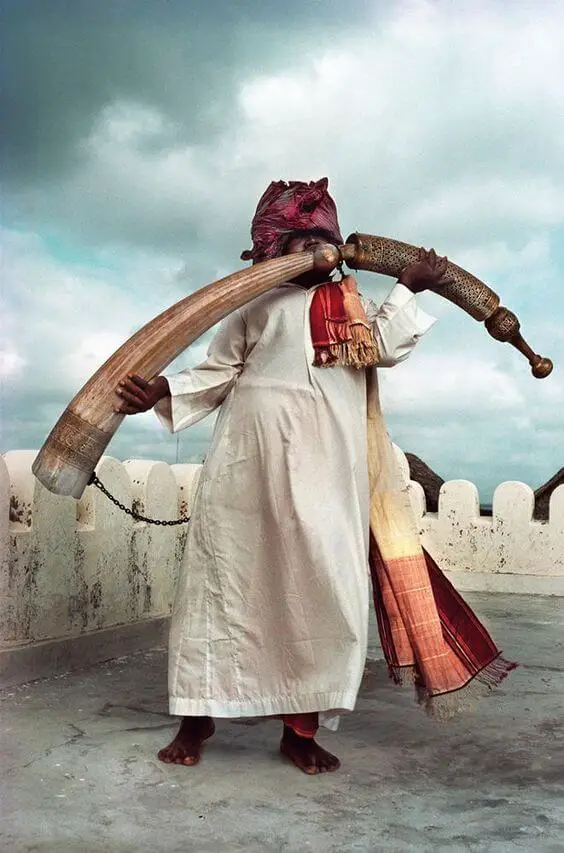
The Siwa is a flute made from ivory that was first made by the WaPate crafters in 1688 in Pate, in the northern region of the Swahili coast.
It is blown from the side, similar to the transverse flute, and is used during various ceremonies.
9. Chivoti
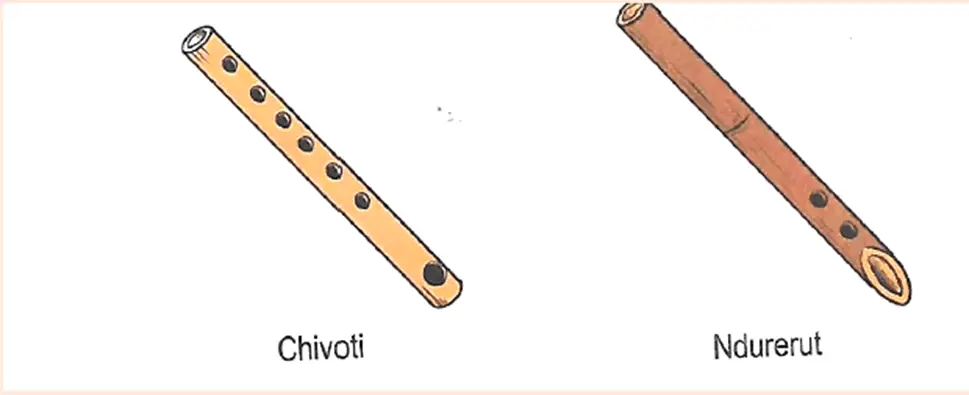
The chivoti is a flute made from bamboo that has six holes and is longer than most wind or string instruments.
It is similar to the panpipe, which is common in many parts of Africa and principally played among the Digo community of the Mijikenda in the coastal region of Kenya.
Chivoti has a soothing mellow outro.
10. Nzumari/zomari
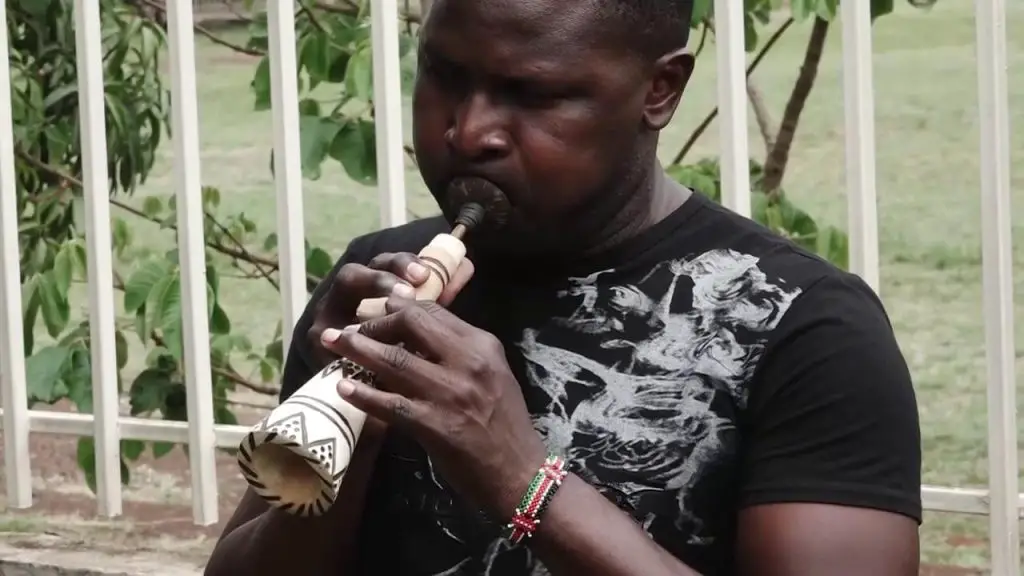
The nzumari/zomari is a double-reed instrument similar to the oboe that has a disk below the reed that supports the player’s lips and a shallow lip shield made from a coconut shell.
It is of Arabian descent, named after the Arabian zummarah, and has six holes to produce different notes.
It is often played during Duruma weddings and festivals, a community on the Kenyan coast among the Mijikenda.
How African Wind Instruments Have Influenced Contemporary Music And Global Musical Trends?
African wind instruments have had a significant impact on contemporary music and global musical trends in several ways.
To begin with, the instruments have inspired many composers and musicians from different genres and regions to incorporate them into their works.
For instance, the American jazz saxophonist John Coltrane was influenced by the music of the Hausa kakaki (a long metal trumpet) and the Ethiopian washint (a bamboo flute). He used these instruments as models for his improvisations and compositions.
Similarly, the British rock band Led Zeppelin used the kudu horn (a horn made from the antelope’s horn) in their song Stairway to Heaven to create a mystical atmosphere.
African wind instruments have also contributed to the development of new musical styles and forms that combine elements from different cultures and traditions.
For instance, the panpipe has been adapted by musicians from other continents, such as South America, Europe, and Asia.
It has been used to create fusion music that blends African rhythms and melodies with other musical influences.
One of the most famous panpipe players is Zamfir, a Romanian musician who popularized the instrument worldwide through his recordings and performances.
Traditional African wind instruments have also played a role in preserving and promoting the cultural heritage and identity of African people in the face of globalization and modernization.
Most wind instruments are associated with specific ethnic groups, languages, histories, and beliefs. They are used to express the values, emotions, and aspirations of the people who play them.
They also serve as a means of communication and socialization among members of the same or different communities.
By playing these instruments, African musicians and artists can share their stories, traditions, and perspectives with audiences from different backgrounds and contexts.
Also check: 10 Traditional African String Instruments and Their Origins


